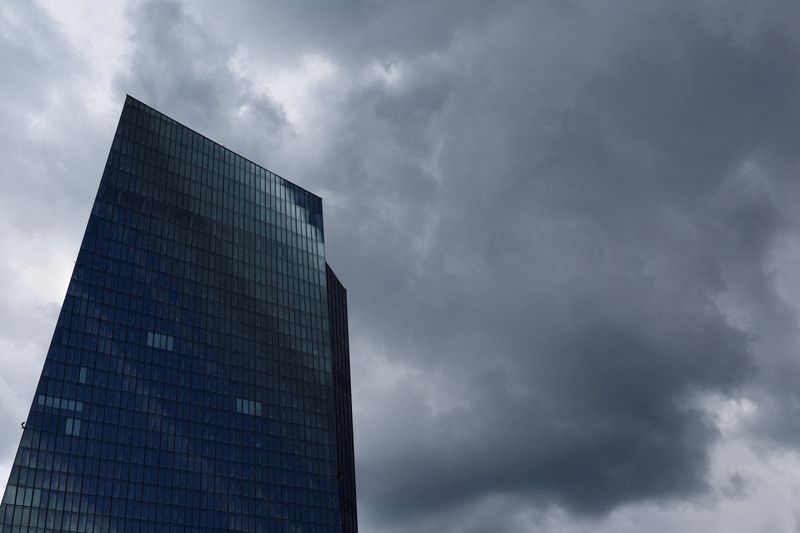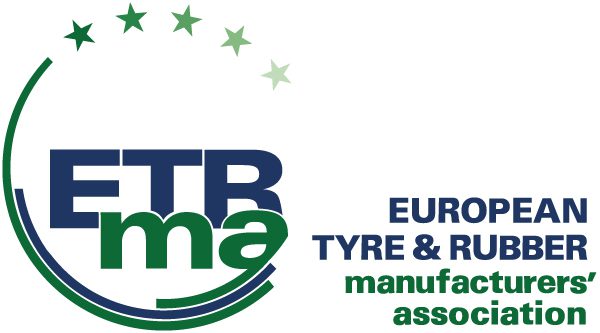
© Reuters. FILE PHOTO: The European Central Bank (ECB) building, in Frankfurt, Germany, July 21, 2022. REUTERS/Wolfgang Rattay
BARC
-0.28%
Add to/Remove from Watchlist
Add to Watchlist
Add Position
Position added successfully to:
Please name your holdings portfolio
Type:
BUY
SELL
Date:
Amount:
Price
Point Value:
Leverage:
1:1
1:10
1:25
1:50
1:100
1:200
1:400
1:500
1:1000
Commission:
Create New Watchlist
Create
Create a new holdings portfolio
Add
Create
+ Add another position
Close
DBKGn
+0.60%
Add to/Remove from Watchlist
Add to Watchlist
Add Position
Position added successfully to:
Please name your holdings portfolio
Type:
BUY
SELL
Date:
Amount:
Price
Point Value:
Leverage:
1:1
1:10
1:25
1:50
1:100
1:200
1:400
1:500
1:1000
Commission:
Create New Watchlist
Create
Create a new holdings portfolio
Add
Create
+ Add another position
Close
ACN
+0.40%
Add to/Remove from Watchlist
Add to Watchlist
Add Position
Position added successfully to:
Please name your holdings portfolio
Type:
BUY
SELL
Date:
Amount:
Price
Point Value:
Leverage:
1:1
1:10
1:25
1:50
1:100
1:200
1:400
1:500
1:1000
Commission:
Create New Watchlist
Create
Create a new holdings portfolio
Add
Create
+ Add another position
Close
BLK
+1.02%
Add to/Remove from Watchlist
Add to Watchlist
Add Position
Position added successfully to:
Please name your holdings portfolio
Type:
BUY
SELL
Date:
Amount:
Price
Point Value:
Leverage:
1:1
1:10
1:25
1:50
1:100
1:200
1:400
1:500
1:1000
Commission:
Create New Watchlist
Create
Create a new holdings portfolio
Add
Create
+ Add another position
Close
SCBFF
0.00%
Add to/Remove from Watchlist
Add to Watchlist
Add Position
Position added successfully to:
Please name your holdings portfolio
Type:
BUY
SELL
Date:
Amount:
Price
Point Value:
Leverage:
1:1
1:10
1:25
1:50
1:100
1:200
1:400
1:500
1:1000
Commission:
Create New Watchlist
Create
Create a new holdings portfolio
Add
Create
+ Add another position
Close
By John O’Donnell, Lawrence White and Tom Sims
LONDON/FRANKFURT (Reuters) – Rising borrowing costs are giving a long-awaited lift to Europe’s beleaguered banks, but they come with a sting in the tail.
Last year central banks ended a decade of rock-bottom interest rates as the U.S. Federal Reserve and then the European Central Bank moved towards tightening.
Two of Europe’s big corporate and mortgage lenders, Sweden’s SEB and Spain’s Sabadell, recently unveiled strong profits for 2022 as that trend helped lending lift earnings.
But while rising rates are good news for bank profits, they herald a slowdown in an economy hit by war and runaway prices that squeeze borrowers and could prick pricing bubbles, most notably in property.
“On the one hand, interest rates are going up, which is good and helps banks,” said Jerome Legras of Axiom Alternative Investments. “But the economic outlook is uncertain, and risk of credit losses high.”
“Investors will pay close attention to what banks say about the future because they want them to continue making payouts.”
Europe’s top lenders, including Switzerland’s UBS, Italy’s UniCredit and Dutch bank ING, will reveal how that trend is affecting them as they outline their 2022 results in the coming days.
Britain, one of the region’s biggest credit markets where rates have risen the fastest in western Europe, is a bellwether for the market.
British banks have signalled they expect profits to grow in 2023 despite the precarious economy – NatWest, one of its biggest retail lenders, expects to boost its returns on equity, a key profitability measure.
Other leading British banks HSBC, Standard Chartered (OTC:SCBFF) and Barclays (LON:BARC) unveil their results later in February.
PRECARIOUS
In the background, trouble looms.
There were 23,885 court judgements against UK businesses owing money in the last quarter of 2022, a year-on-year increase of more than half and a sign of growing distress among small firms, according to business recovery firm Begbies Traynor Group.
“It’s a bit of a paradox for the banks because… they’re serving customers who are struggling day to day,” said Tom Merry, banking strategy consultant at Accenture (NYSE:ACN).
The British property market is also wobbling. House prices slid 2.5% in the fourth quarter of last year, the biggest three-month drop since the financial crisis.
In the wake of market chaos unleashed by former Prime Minister Liz Truss’s tax-cutting plans in September, lenders withdrew around 1,700 mortgage products in a week, before reintroducing them at rates 1-2 percentage points higher. That will hurt borrowers.
Values on commercial real estate, such as offices, also fell, sliding more than 13% on average in 2022, CBRE’s Monthly Index showed.
Investor jitters, and attempts to withdraw money, led BlackRock (NYSE:BLK), M&G and others to put some property fund withdrawals on hold. Some 15 billion pounds in assets are in limbo.
Jackie Bowie of risk management firm Chatham Financial said banks faced having to inject more money into big-ticket property investments.
In Germany, a similar picture is emerging. Its largest lender, Deutsche Bank (ETR:DBKGn), is profiting from rising rates and is expected to post a tenth consecutive quarter of profit, the longest streak in at least a decade.
Analysts expect the greatest gains from its corporate and retail divisions that benefit from higher rates, although revenue at its global investment bank will likely slip from a slump in dealmaking.
But threats remain. Banks in Germany and Austria have been particularly active in commercial property, according to the European Banking Authority, which analysed the 1.3-trillion-euro-plus of commercial property lending across the European Union.
Germany’s financial regulator BaFin recently warned that a rapid rise in interest rates could weigh on some banks, and that loans may sour.
Deal-making too is unlikely to save banks as big corporate financial transactions such as takeovers or stock-market listings slump. That sparked a round of layoffs on Wall Street.
Source: Investing.com




























